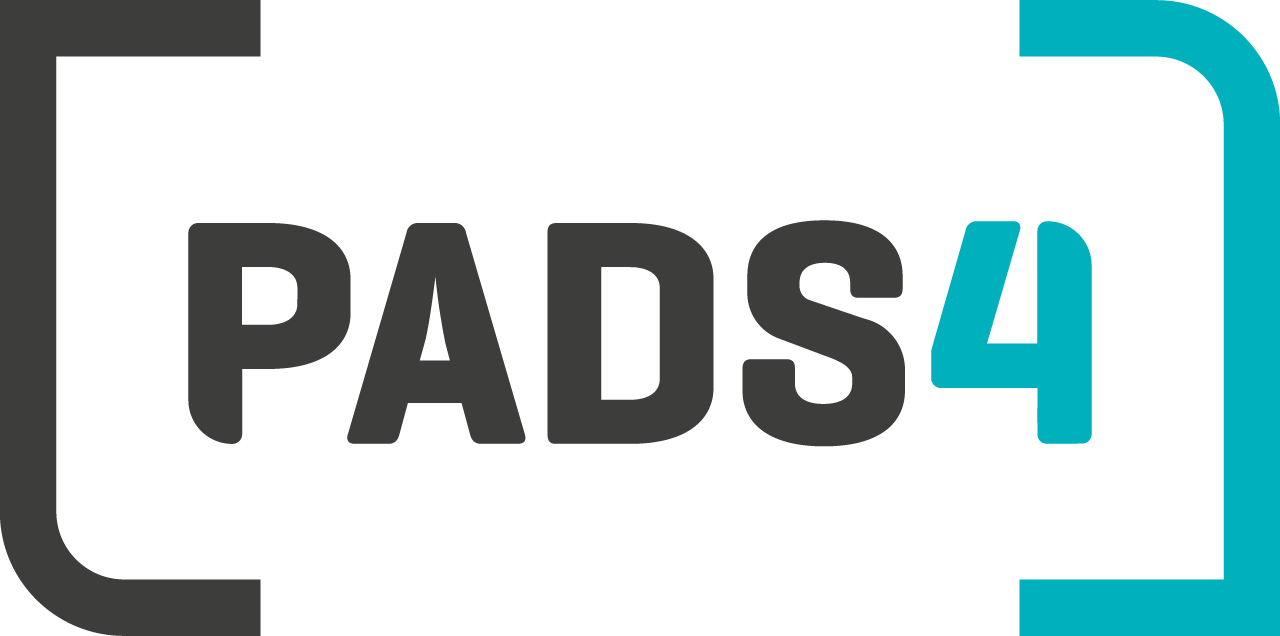Skip to main contentElements can be connected to an external data source (such as a SQL Server database, Microsoft Excel file, or RSS feed) to display real-time data. These properties define how the element connects to that data source, and which column and row are used for the content.
Data Provider Info
-
No external data connection
The element is not connected to a data source. It will display fixed content as specified directly in the element settings.
-
External data from the following data source
The element is connected to a data provider, and specific column and row are used to deliver real-time content.
Data Provider Components
-
Data Provider
Represents a connection to a data source.
Examples:
- Table, query, or stored procedure (SQL databases)
- XML file
- RSS feed
- Any other external source
Note: Data providers are defined at presentation level and are available to all elements. You can create a new data provider by clicking the button in the drop-down box.
(See “Working with data providers” for more details.)
-
Column
The field/column from the data provider that delivers the content to your element.
-
Content Type
Defines how the data should be interpreted by the element (e.g., as text, image path, number).
-
Row
The record/row of the data provider that supplies the content for the element.
- Applicability: Not all properties are applicable to every element. Some elements (like text elements) expect text content, while others (like image elements) expect file paths to images.
- Dynamic Content:
- When connected to a data provider, manual content settings of the element are disabled.
- The element content is always controlled by real-time data from the data source.
- Row Limitation:
If the data source has fewer rows than specified in the Row property, no content will be displayed.
- Data Scrolling:
When data scrolling is enabled, the Row property combined with the Scroll step property controls the scroll behavior.
- Playlists:
Most elements support playlists. If the database field returns a playlist (multiple items), the system will automatically cycle through them.

